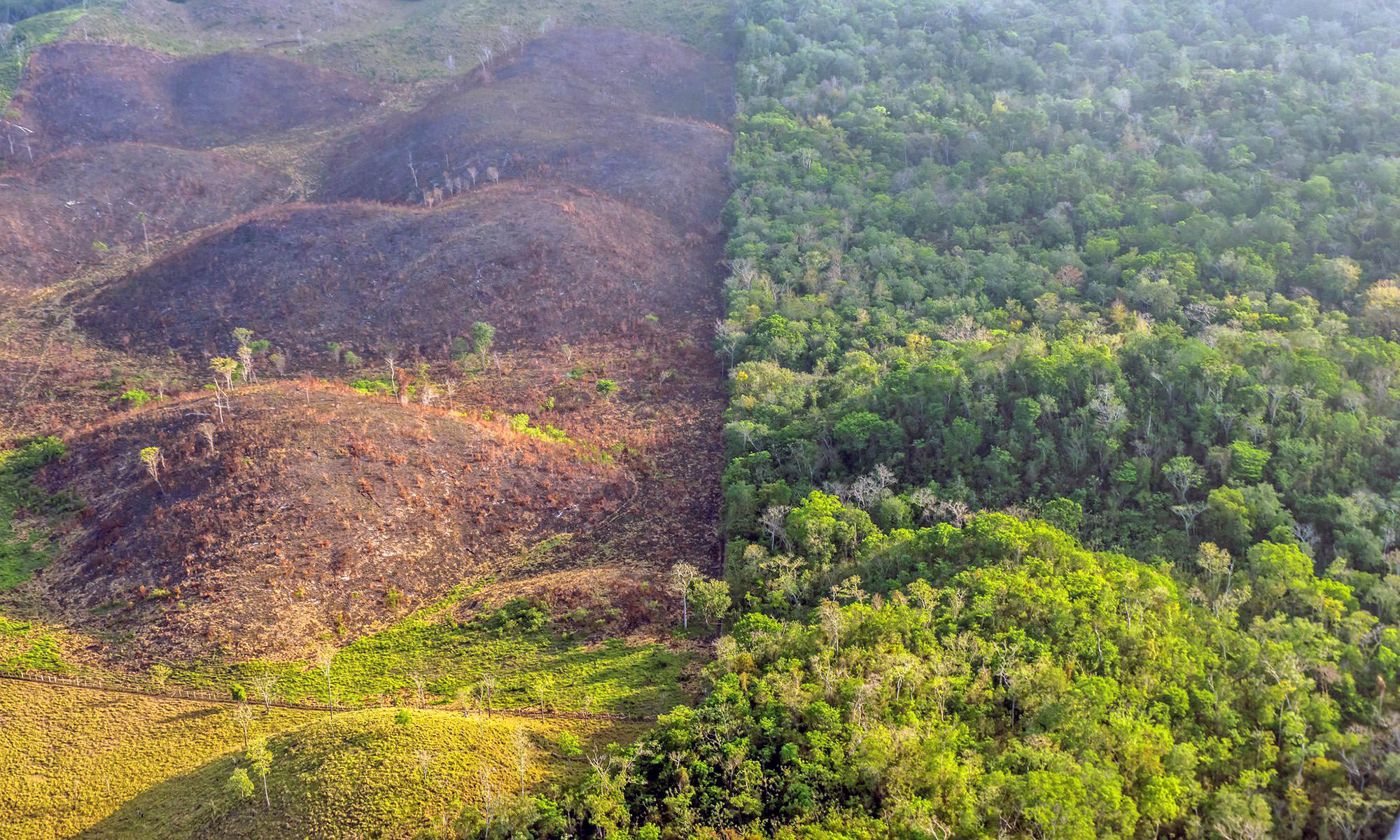Silica Sponges, Diatoms, and Oceanic Acidity
Ocean Acidification- the evil twin of climate change
Ocean acidification is a result of excess CO2 emissions seeping into the ocean. At least ¼ of CO2 emissions end up in our water. These levels of CO2 can change ocean chemistry and harm aquatic plants and animals. Acidification both ruins eco systems and destroys marine life.
Industrial Revolution
The Industrial Revolution (1760-1840) started a wave of new ideas and technology that sparked all over the world. This revolution had many positives, including the creation of many human-advancing inventions. However, it has also begun the using of fossil fuels for energy. Fossil Fuels are hydrocarbons, meaning they consist of hydrogen and carbon. When they're burned they create energy and release CO2. These CO2 emissions cause climate change and pollute the atmosphere.
Deforestation

This image is from https://www.rainforest-alliance.org/wp-content/uploads/2021/07/guatemala-belize-border-deforestation.jpg
Another cause of increasing CO2 levels is deforestation. Trees absorb a great amount of CO2, because it is required for them to create food. A decreasing amount of trees leads to a higher amount of CO2 in both the atmosphere and the ocean, which adds to the ocean acidification threat.
How Ocean Acidification works
When CO2 is released into the air, a portion of the emissions are dissolved into the water. Once the CO2 is dissolved into the water, it reacts with the water to create carbonic acid. This can be further broken down into bicarbonate and carbon ions, which are all present in a balanced seawater proportion. However, as more CO2 is absorbed, the proportion between the bicarbonate and carbon ions becomes disrupted. This causes the acidity of seawater to increase.
Ocean Acidification Hotspots
Ocean Acidification is a global issue, however, there are some hotspots that are impacted most:
- Scotland
- Arctic Ocean
- Caribbean Sea
Sea Sponges
Sea sponges are simple aquatic animals that are multicellular, yet have no tissues or organs.
Sea sponges have been around for around 600 million years and there are about 8,550 living species. Their skeletons are very dense, yet porous.
Phylum Porifera
Phylum Porifera is a class of animals that include sponges. Porifera means "pore bearer" in Latin, so these animals all are porous and contain channels that lead to an inner chamber. This chamber is lines with choanocytes, which are specialized feeding cells. They use a flagellum, which beats and moves water inside their bodies. Phylum Porifera are asymmetrical, organized as a collection of different typed of cells (not tissues), and their skeletons are made up of spicules. These spicules can be made of silica or calcium carbonate.
Siliceous Sponges
(Invertebrae)
This image is from https://www.researchgate.net/profile/Roberto-Ardovini/post/Can_anyone_identify_this_deep-water_siliceous_sponge/attachment/59d6251a6cda7b8083a20f23/AS%3A426660773273600%401478735263212/download/Spugna+silicea.jpg
A Siliceous Sponge is any sponge in which the main component of their skeleton in silica. More than 95% of sponges are Siliceous Sponges and they can be found anywhere in the ocean, although there are few freshwater species.
Plankton
(Microorganism)
Image from https://d3bkbkx82g74b8.cloudfront.net/eyJidWNrZXQiOiJsYWJyb290cy1hc3NldHMiLCJrZXkiOiJfcHVibGljXC9fZmlsZXNcL3N5c3RlbVwvY2tcL3RyZW5kaW5nXC9EaWF0b20tMDA4LTI0MDBfNjJjYjFiNWM0ODVhMDhhZGQ5NzA5NjkzYTA1YzQwYzcuanBnIiwiZWRpdHMiOnsicmVzaXplIjp7IndpZHRoIjo3MDAsImZpdCI6ImNvdmVyIn19fQ==
Phytoplankton
Phytoplankton are buoyant microalgae that provide food for many aquatic organisms, however, too many phytoplankton can be damaging to ocean life.
Diatoms
Diatoms are a type of Phytoplankton. They are a single celled algae, and their cell walls are made of transparent silica. There are approximately 2,000-2,000,000 species of Diatoms. Diatoms use photosynthesis, and produce a great amount of O2 while absorbing a great amount of CO2. When Diatoms die, they sink to the bottom of the ocean, taking the carbon they have absorbed with them and burying it in sediment.
Solution
Siliceous Sponges can provide Silica to the ocean. Silica just happens to be necessary for Diatom growth, being that it is a big component of their makeup. If we can combine the Silica provided by the Siliceous Sponges with the Diatoms that need it, we can create a serious decrease in ocean acidification. With greater Diatom growth, there will be a greater ability to absorb CO2, helping to reduce oceanic acidity.